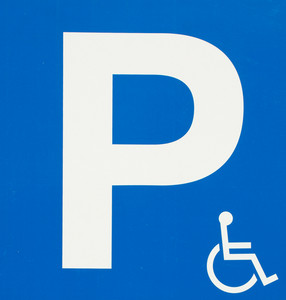Introduction to Accessibility Features in Smartwatches
Smartwatch technology has become increasingly popular over the past few years, with many people using them for fitness tracking, notifications and even making phone calls. However, not everyone can use these devices effectively due to disabilities such as visual impairments or limited mobility. That’s where accessibility features come into play. These features are designed to make smartwatches more accessible to individuals who may have difficulty using traditional interfaces. In this blog post, we will explore some of the most common accessibility features found on smartwatches and how they benefit users with disabilities.
Benefits of Accessible Technology for People with Disabilities
Accessible technology is crucial for individuals with disabilities because it allows them to participate fully in society without barriers. For example, someone who is visually impaired may rely on audio cues to navigate their surroundings. With a smartwatch equipped with an auditory interface, they can receive real-time updates about their environment, allowing them to move around safely and independently. Similarly, someone with limited mobility may find it difficult to operate a traditional touchscreen device. By utilizing voice commands or physical gestures, smartwatches can provide a more user-friendly experience for these individuals.

Common Accessibility Features Found on Smartwatches
There are several accessibility features commonly found on smartwatches that benefit users with disabilities. Some examples include:
1. Voice Commands – Many smartwatches allow users to issue voice commands to perform various tasks, such as answering phone calls or sending messages. This feature is particularly useful for individuals with limited mobility or those who have difficulty typing on small screens.
2. Physical Gestures – Some smartwatches incorporate physical gestures, such as swiping or tapping, as alternative ways to interact with the device. This feature is beneficial for individuals with limited dexterity or fine motor skills.
3. Screen Magnification – Smartwatches often offer screen magnification options, which enlarge text and images for individuals with low vision. This feature makes it easier to read notifications and other content displayed on the watch face.
4. Color Adjustment – Individuals with color blindness or other visual impairments may struggle to distinguish between certain colors. Some smartwatches allow users to adjust the color scheme, making it easier to differentiate between different elements on the display.
How to Use Accessibility Features Effectively 5. Conclusion and Future Outlook
To get the most out of your smartwatch’s accessibility features, follow these tips:
1. Explore all available settings – Most smartwatches offer a range of customization options that can be tailored to individual needs. Take the time to explore all available settings and configure them accordingly.
2. Test before purchasing – If you have a specific need related to accessibility, test out the device before purchase to ensure it meets your requirements. Ask questions and seek advice from experts if necessary.

3. Keep up with software updates – Regular software updates can improve accessibility features and fix any bugs that may arise. Stay informed about new releases and update your device regularly.
In conclusion, accessibility features on smartwatches can greatly enhance the user experience for individuals with disabilities. By taking advantage of these features, users can stay connected, organized, and independent while enjoying the benefits of modern technology. As smartwatch technology continues to evolve, we can expect to see even more innovative solutions for improving accessibility in the future.

0 Comments